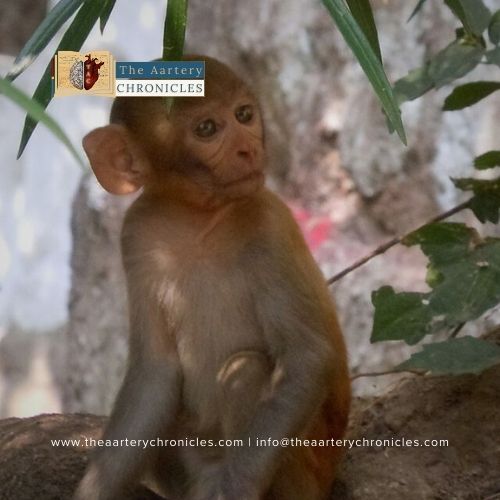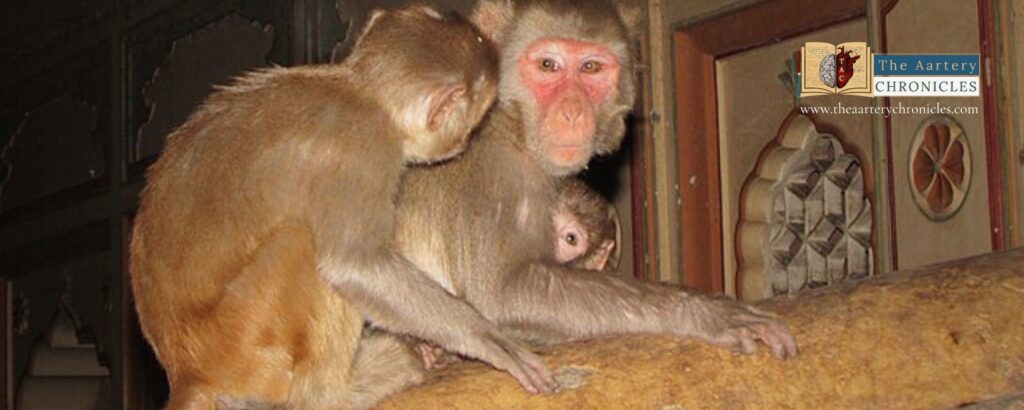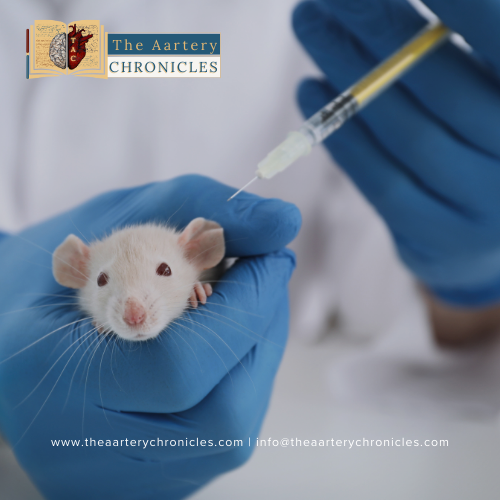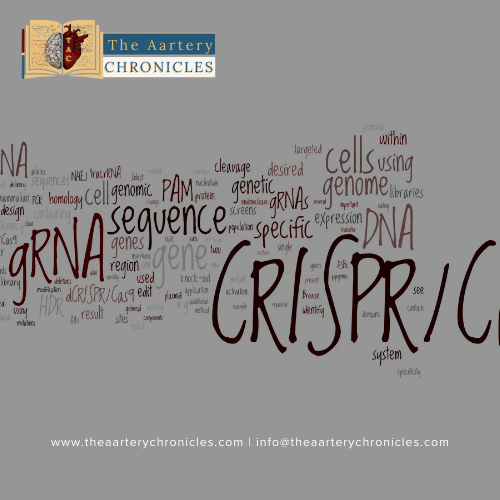

Breakthrough in Primate Cloning: Meet Retro, the First Healthy Rhesus Monkey
Chinese scientists have announced – the successful cloning of the first healthy rhesus monkey, a two-year-old called Retro. In a groundbreaking development, researchers modified the cloning process initially used for Dolly the sheep. Cloning primates has been a formidable task, but the scientists enhanced the method by replacing cloned cells responsible for the placenta with those from a normal embryo. This advancement opens possibilities for generating identical rhesus monkeys for medical research.
It’s important to keep in mind that cloning still raises ethical questions and that the efficacy of this new method is quite low. The somatic cell nuclear transfer (SCNT) cloning of Dolly the sheep in 1996 marked the arrival of this method. With this approach, more than 20 different animals, including dogs, cats, pigs, and cattle, have been successfully cloned. However, it wasn’t until 2018 that researchers used SCNT to successfully clone the first two primates, Hua Hua and Zhong Zhong, who were macaques that ate crabs. The success rate for primate cloning has remained quite low, with live births achieved in less than two per cent of attempts
The recent research, led by Qiang Sun from the Chinese Academy of Sciences Institute of Neuroscience, addressed previous failures in cloning rhesus monkeys. Past attempts resulted in abnormalities in cloned embryo placentas compared to those from in vitro fertilization. The researchers used cells from a healthy, non-cloned embryo to replace the trophoblast cells, which develop into the placenta, to increase the success rate. This modification significantly increased the success rate and led to the birth of Retro.
With only one of the 113 initial embryos surviving, the procedure’s efficiency is still less than 1%. If human cloning were ever considered, other primate species would need to be successfully cloned first. The low efficiency in current efforts emphasizes the difficulty and ethical challenges associated with human cloning.
Qiang Sun emphasized that human cloning is “unacceptable” under any circumstances. The somatic cell nuclear transfer procedure involves removing the nucleus from a healthy egg and replacing it with another nucleus from a different body cell. This process allows the embryo to develop into the same organism that provided the replacement nucleus.
While a rhesus monkey named Tetra was cloned in 1999 using a different technique called embryo splitting, this method has limitations, producing only four clones at once. The focus on SCNT is driven by its ability to create a larger number of clones, serving the goal of studying various diseases and testing drugs with genetically identical monkeys.
Source: Inputs from various media Sources

Priya Bairagi
- Medicine and Diseases
- Nutrition and Diet
Lorem ipsum dolor sit amet, consectetur adipiscing elit. Ut elit tellus, luctus nec ullamcorper mattis, pulvinar dapibus leo.
















